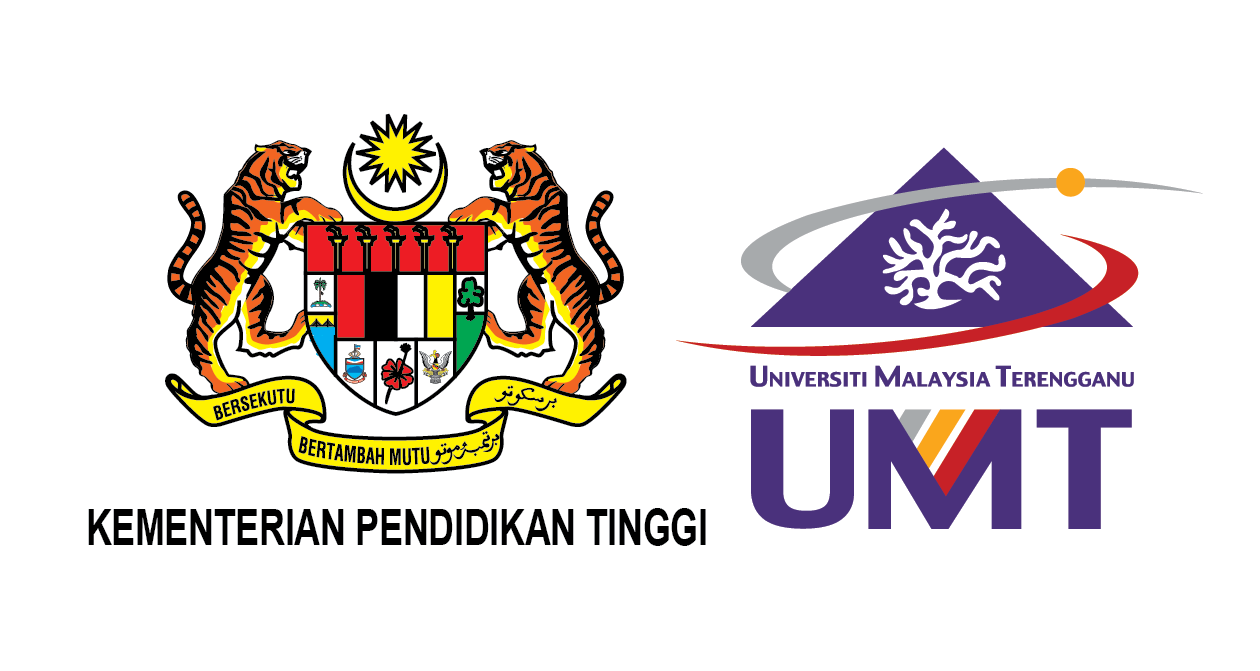Please use this identifier to cite or link to this item:
http://umt-ir.umt.edu.my:8080/handle/123456789/14578| Title: | Effect Of Different Light Regime On Phycobiliprotein Production From Some Cyanobacteria Species Found In Setiu |
| Authors: | Siti Suhada Binti Suleiman |
| Keywords: | Phycobiliprotein Cyanobacteria |
| Issue Date: | 2018 |
| Publisher: | Universiti Malaysia Terengganu |
| Abstract: | Phycobiliproteins present in cyanobacteria is the major light harvesting pigments which consists of chromophores (bilin) that are attached to cysteine residue of the apoprotein in cyanobacteria. They elicits high active natural biochemical compound, eligible for various application in medical as well as in aquaculture industry. Varying physiochemical parameters especially light, affect photosynthesis and thereby the growth of cyanobacteria as well as the phycobiliprotein content present in them. Present study focused on optimizing light regime to produce maximum phycobiliprotein from potential cyanobacteria. Three species of cyanobacteria, marine Geitlerinema sp., freshwater Leptolyngbya boryana and Pseudanabaena mucicola, were selected and cultured in four different light regime which were; (i) 24 hours artificial light (24 AL), (ii) 12 hours artificial light and 12 hours sunlight (12 AL: 12 SL), (iii) 12 hours artificial light and 12 hours dark (12 AL: 12 D), 12 hours sunlight and 12 hours dark (12 SL: 12 D). Prior to light regime experiment, growth curve for each species in every light regime had been carried out to obtain the stationary phase. Results showed that among the species, Pseudanabaena mucicola cultured under 12 AL: 12 D has a significantly higher (P<0.05) total phycobiliprotein production (149.96 ± 1.4 mg g -1 ) with a significantly high (P<0.05) purity ratio for phycocyanin (0.92 ± 0.02), allophycocyanin (0.58 ± 0.01), phycoerythrin (0.43 ± 0), compared to the other light regime. Leptolyngbya boryana cultured in 12 AL: 12 D had a lower total phycobiliprotein production (15.07 ± 0.6 -1 mg g ) with a significantly low purity ratio for phycocyanin (0.08 ± 0), allophycocyanin (0.05 ± 0.01) and phycoerythrin (0.07 ± 0). In addition, protein of the phycobiliprotein from Pseudanabaena mucicola showed a significantly higher concentration (P<0.05) under 12 AL: 12 SL (3.06 ± 0.2 mg mL -1 ) compared to the other light regime. |
| URI: | http://umt-ir.umt.edu.my:8080/xmlui/handle/123456789/14578 |
| Appears in Collections: | Pusat Pengajian Sains Perikanan dan Akuakultur |
Files in This Item:
| File | Description | Size | Format | |
|---|---|---|---|---|
| QR 99.63 .S5 2018 Abstract.pdf | 101.8 kB | Adobe PDF | View/Open | |
| QR 99.63 .S5 2018 Full text.pdf Restricted Access | 2.44 MB | Adobe PDF | View/Open Request a copy |
Items in UMT-IR are protected by copyright, with all rights reserved, unless otherwise indicated.

